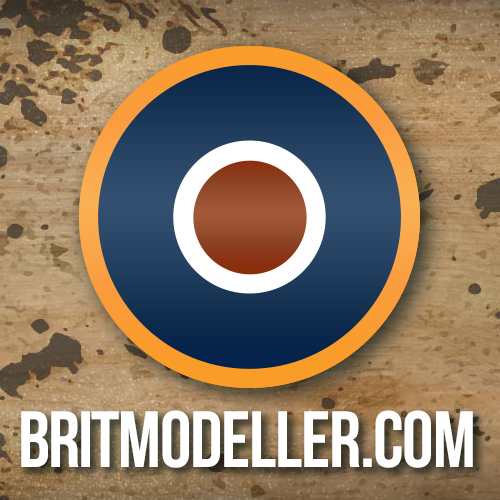FLYBOYJ
"THE GREAT GAZOO"
They did - maybe didn't call it a yo-yo but the maneuver was used.Some people claim that WW2 pilots didn't do Yo Yo but from pilot interviews it sounds like they did. This is how Robert DeHaven described turning with a Zero in a P-40:
[Y]ou could fight a Jap on even terms, but you had to make him fight your way. He could outturn you at slow speed. You could outturn him at high speed. When you got into a turning fight with him, you dropped your nose down so you kept your airspeed up, you could outturn him. At low speed he could outroll you because of those big ailerons ... on the Zero. If your speed was up over 275, you could outroll [a Zero]. His big ailerons didn't have the strength to make high speed rolls... You could push things, too. Because ... f you decided to go home, you could go home. He couldn't because you could outrun him. [...] That left you in control of the fight.
Which sounds to me like a Low Yo Yo
Too many people watch movies and videos and horizontal maneuvering gets implanted in their brain.



